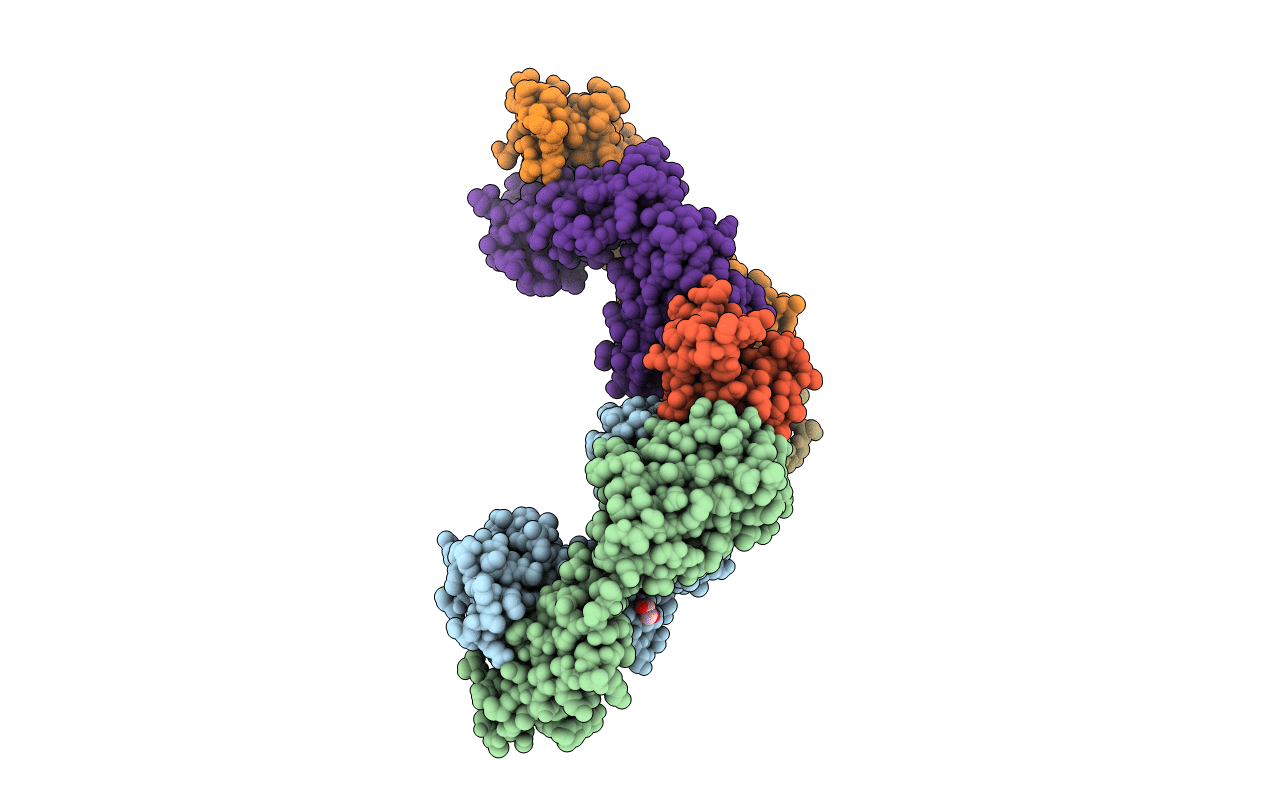
Deposition Date
2017-08-22
Release Date
2018-09-05
Last Version Date
2024-10-23
Entry Detail
PDB ID:
5OTJ
Keywords:
Title:
Monomeric polcalcin (Phl p 7) in complex with two identical allergen-specific antibodies
Biological Source:
Source Organism:
Homo sapiens (Taxon ID: 9606)
Phleum pratense (Taxon ID: 15957)
Phleum pratense (Taxon ID: 15957)
Host Organism:
Method Details:
Experimental Method:
Resolution:
2.35 Å
R-Value Free:
0.23
R-Value Work:
0.19
R-Value Observed:
0.20
Space Group:
P 1 21 1


